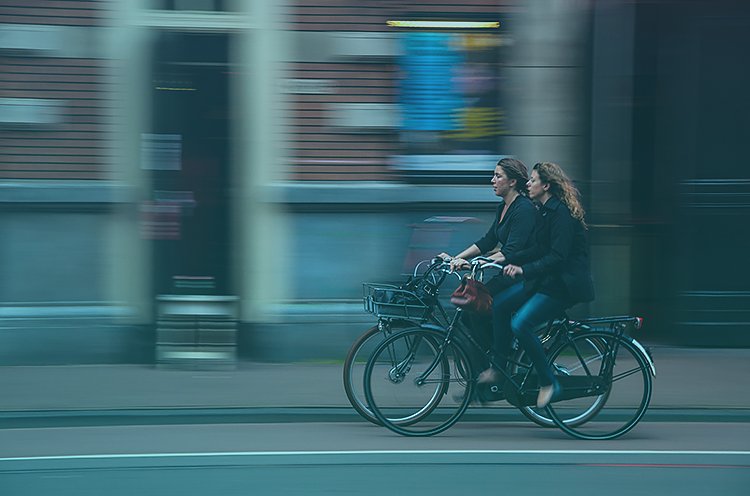In every post, we try to see things in a different perspective. Today is all about moving. No, we’re not playing you a DJ set to dance, we are sharing with you other ways to get to your daily destinations. Previously, we’ve talked about sharing economies and some business examples based on a sharing experience. Mobility is one of the most important issues to be analyzed in light of this new economic trend.
Car sharing
Some terms have been gaining more and more relevance, like “sharing a ride” or, in an extreme way, like “uberization”. In fact, sharing means of transport has become a market with a lot of potential to explore. Only in Canada, over 25% of Vancouverites have their car available to share in a membership app, and this number is expected to rise close to 20% a year. Uber is not only an obvious example of car sharing, but also a model of user experience related to mobility. However, it’s not the only one. Lyft and Car2go are growing business tempting everyone to sell their car and to go with the “share” flow. Notable players in the automobile industry have made their move towards this sharing environment as well, from full in-house solutions (Daimler’s car2go) to joint ventures (BMW & SIXT with driveNow!) not forgetting innovative peer-to-peer programs for car owners looking to rent out their vehicles (GM’s cooperation with Relay Rides). The global car sharing market is expected to grow from 7.9-million people in 2015 to more than 36 million by 2025, according to a 2016 report from the consulting firm Frost & Sullivan. This will mean, in the long haul, that these new services can provide a better quality of life to you and your city, especially when it comes to traffic and pollution levels. Shared cars can reduce the numbers of vehicles clogging up city streets and highways, getting us to move faster. (Yay, do that dance!) According to a McKinsey report, about a third of Germany’s population lives in cities with more than 100,000 inhabitants. 2,5% of them say they’ll use car sharing technologies, and a surprising 31% say they’ll definitely increase its usage in the next 10 years. 
 Image: https://www.mckinsey.com/~/media/mckinsey/dotcom/client_service/automotive%20and%20assembly/pdfs/mobility_of_the_future_brochure.ashx You know what else you can use? EMBERS! We understand if it’s too much advertising for you, but it’s true. Our technology can also be developed to this peer-to-peer level, which is not so mainstream and way cooler, right? (wink wink)
Image: https://www.mckinsey.com/~/media/mckinsey/dotcom/client_service/automotive%20and%20assembly/pdfs/mobility_of_the_future_brochure.ashx You know what else you can use? EMBERS! We understand if it’s too much advertising for you, but it’s true. Our technology can also be developed to this peer-to-peer level, which is not so mainstream and way cooler, right? (wink wink)
Bike Sharing
A fast-growing mode of transportation in Europe are bicycles. Inspired by Netherlands’ beautiful landscapes and vehicles, many other countries are currently implementing bike sharing systems. In Bologne, Italy, for example, a high bet is being made in electric bikes for children at school ages, besides encouraging local authorities to launch their own car sharing business. By going to school by bike, Bologne wants to diminish traffic numbers, while establishing a sustainable mobility program. Latest statistics (2015) reveal there are more than 850 public bike-share systems around the world, from Lansing, Mich., to New York City; or from Melbourne, Australia, to Helsinki, Finland. The service itself isn’t disruptive – purpose-built bikes, dedicated docking stations, smart cards, fees structure that encourages short-term rentals. However, it gained scale in no more than 10 years. The countries with the largest number of systems are China (237), Italy (114) and Spain (113). A fascinating tool to use if you’re thinking of trying bike sharing, in your country or maybe on your next travel destination, is this map with all bike share systems worldwide. See? We told you you’re going to start moving differently… So LET’S MOVE! But in a sustainable way! We hope you enjoyed. If you have any interesting or curious data to share, please contact us!
